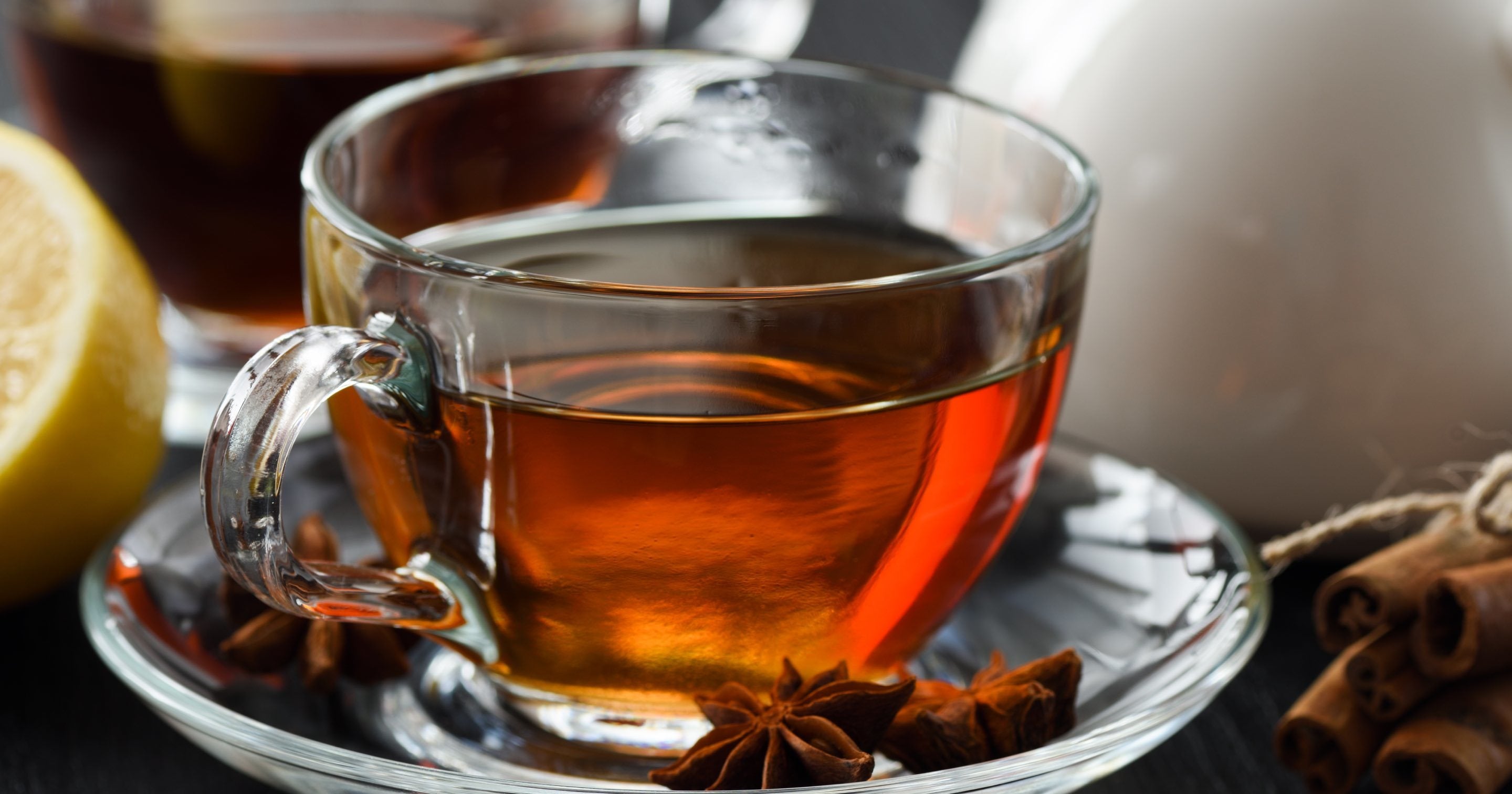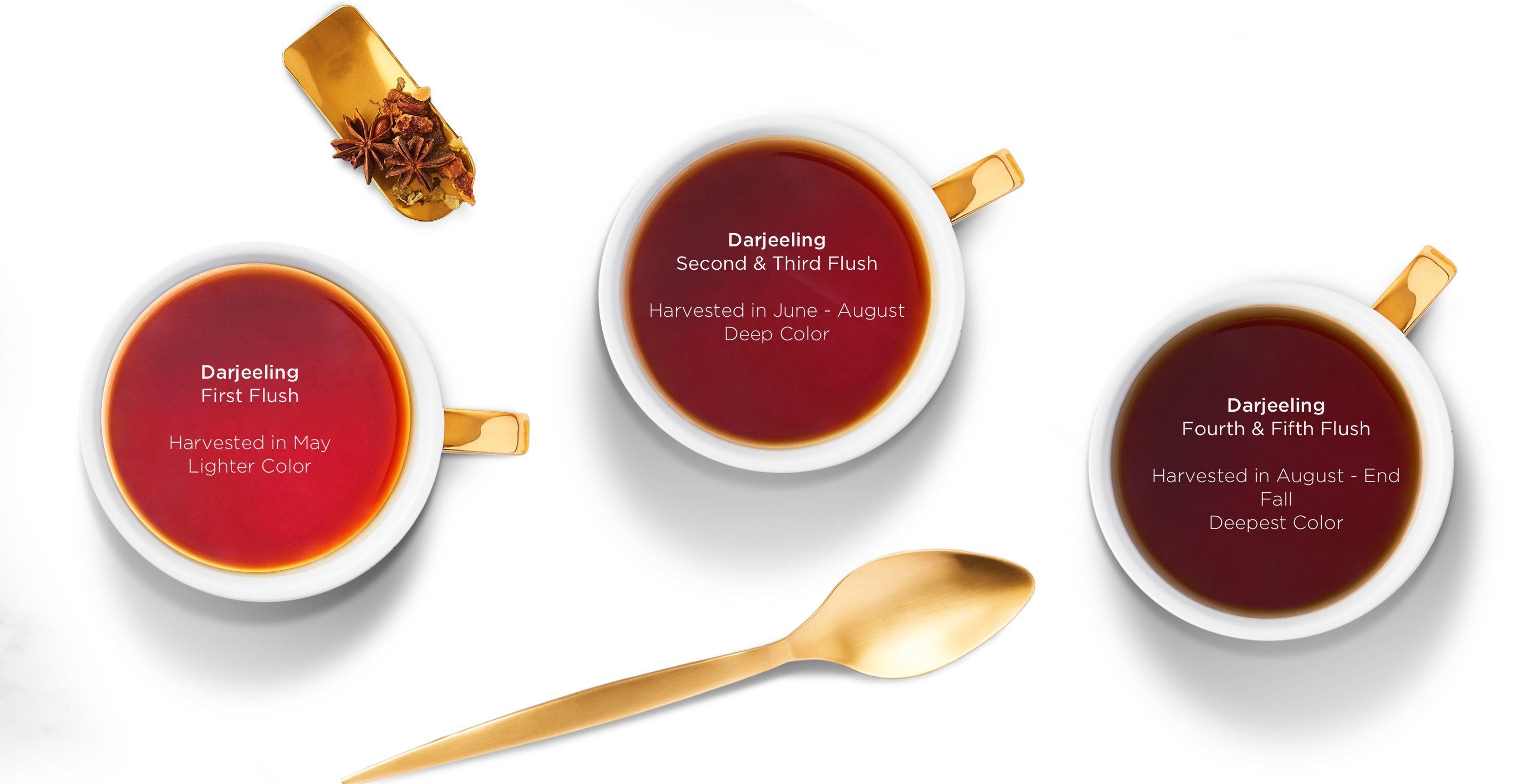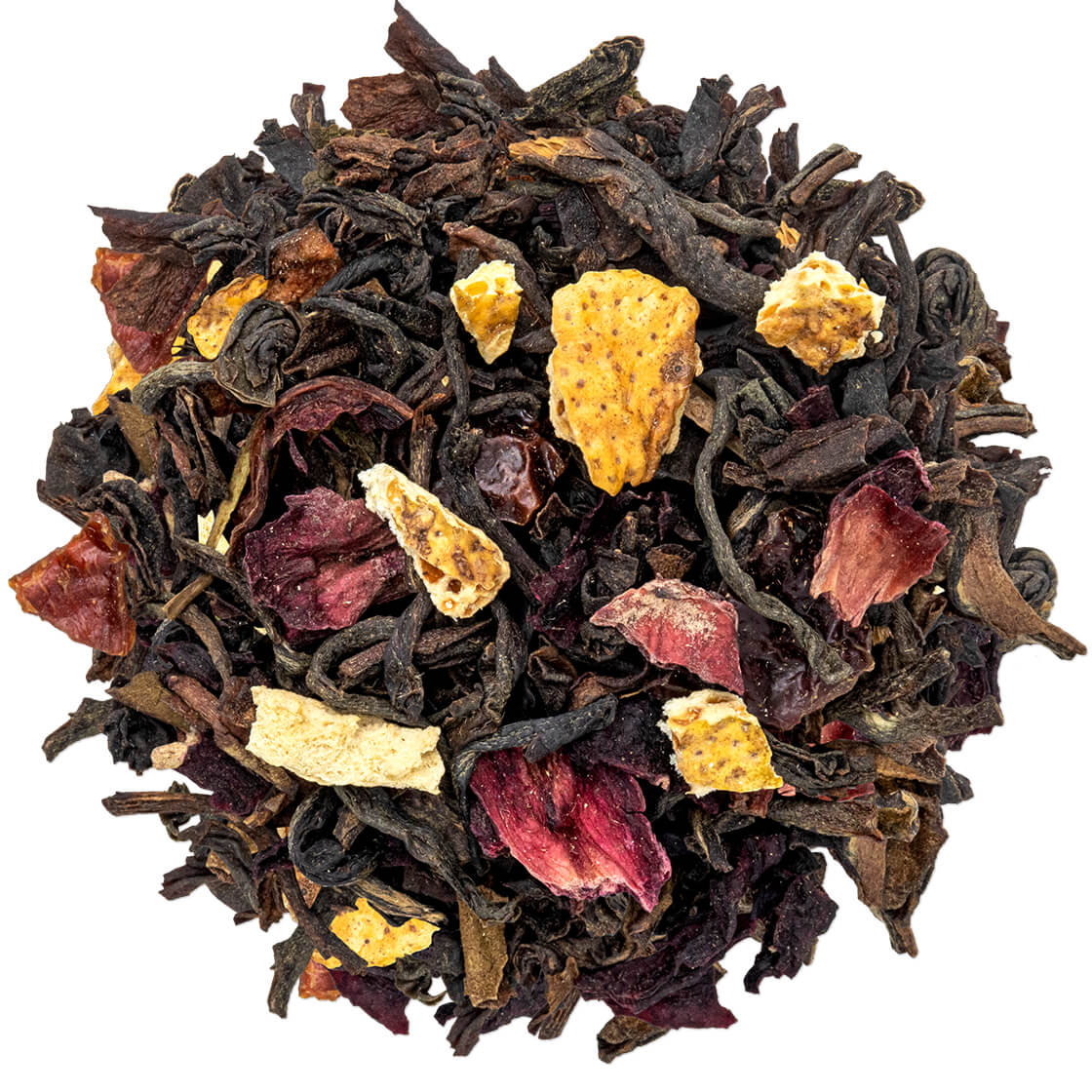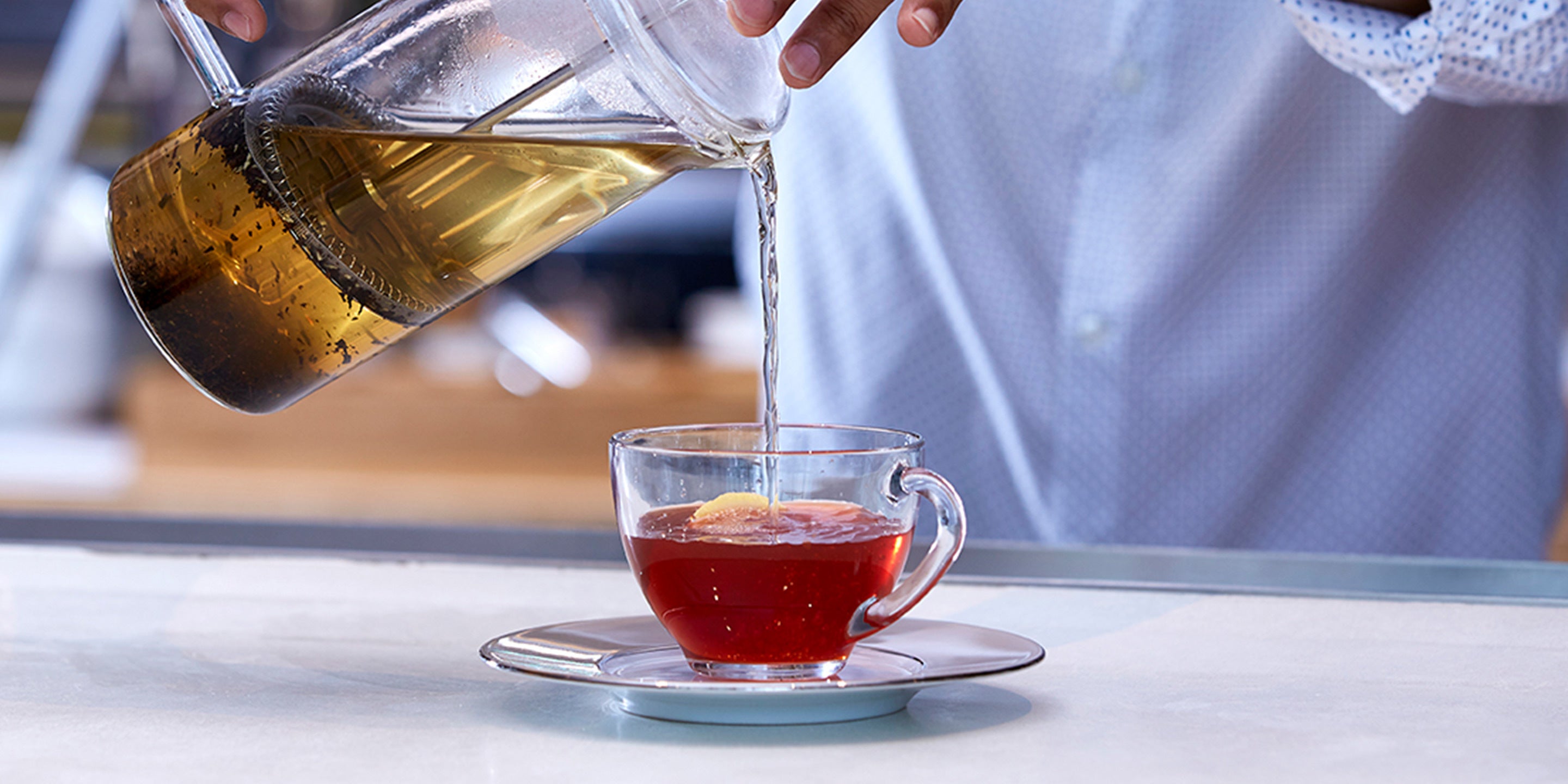WHAT IS DARJEELING TEA?
Darjeeling tea is produced in West Bengal from a particular variety of the Camellia Sinensis plant known for making most black, green, white and oolong teas. With only a few dozen tea gardens in the Darjeeling hills of India allowed to call their product by the name, Darjeeling tea varies widely in flavor depending on a handful of factors. With five distinct harvests per year, each season brings its own flavor profile and body. Darjeeling is typically classified as black tea, but green, white, and oolong interpretations of it exist as well.
THE HILLS OF DARJEELING
With a particularly hilly landscape, the Darjeeling region of West Bengal has an average elevation of 6,710 feet above sea level. In the summer, the area is affected by monsoons that often generate 100 inches of rainfall. This climate is ideal for cultivating several types of black tea, and according to some experts, the temperate weather contributes to the beverage's unique taste. Monsoon tea, as it’s called when harvested during the rainy season, is often used as the foundation of masala chai, while other harvests each have their own distinct flavors.
DARJEELING TEA FLAVOR

With the exception of rare blends, Darjeeling tea is moderately spicy and sweet. It’s known for its pleasant musky profile, sometimes referred to locally as “muscatel” like the muscat variety of grape, which is lush and almost animalic in flavor. Because of this, and because of its mild astringency, it can also evokes the sensation of drinking wine or grape juice.
THE PRODUCTION OF TEA IN DARJEELING
The Darjeeling tea used by Tea Forte is grown organically in tea gardens approved by the Tea Board of India. Each year, 20 million pounds of tea is produced in the region, and the area's output accounts for seven percent of all tea cultivated in the subcontinent.
THE FIVE HARVESTS
The first harvest, called “first flush,” is performed in the middle of March. Darjeeling tea picked during this part of the year often has a lighter color and aroma than that of other harvests.
Some leaves are also picked in May between the first and second flush, although fewer crops are gathered for this harvest. During the second flush In June, the crop is bountiful, and the tea exhibits an especially deep color and a strong muscatel flavor.
In August, the tea is once again collected amid heavy monsoons, hence the name “monsoon tea.” These leaves are generally less withered as those harvested at other times of the year, making it an ideal ingredient for spiced tea blends.
In the fall, the final harvest, known as autumnal flush, takes place. This tea has a deeper color when steeped and, while less spicy than other harvests, is fuller-bodied.
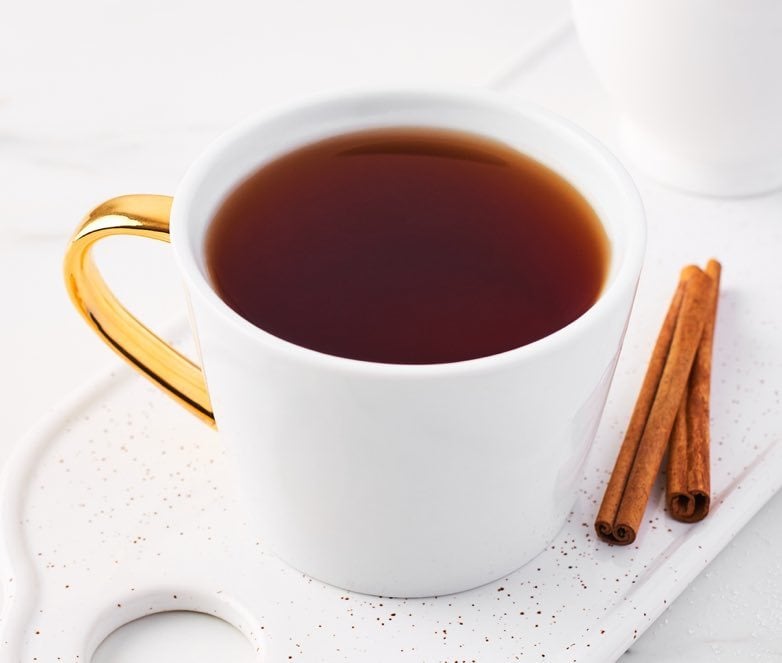
HOW TO PREPARE DARJEELING TEA
To steep a delicious cup or pot of Darjeeling tea, make sure to prepare it based on the ideal water temperature and steeping time for its variety (i.e., green, white, oolong or black). Although green and white Darjeeling blends are rare, these delicate leaves are ideally steeped for two to three minutes in water heated to 175 degrees Fahrenheit.
Most Darjeeling tea is classified as black tea.
- Heat the water to 208 degrees Fahrenheit
- Add one Tea Forté pyramid or 1 Tbsp of loose tea for 8 ounces of water
- Pour the heated water over the tea and steep for three to five minutes to taste
Sweeten and add milk if desired, or simply enjoy the distinct musky flavor of this exceptional tea all on its own.
